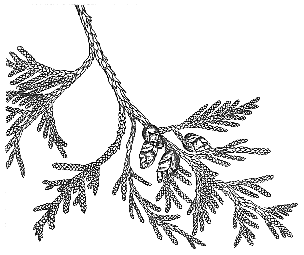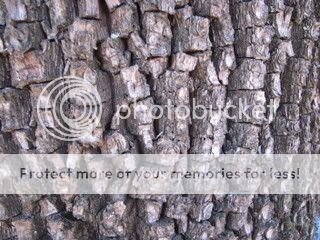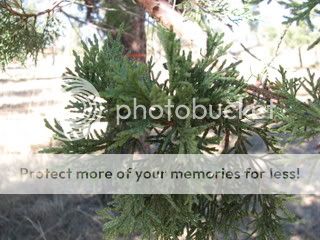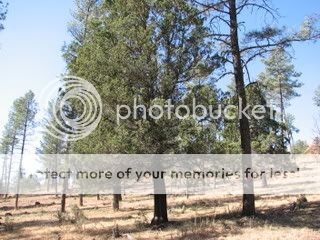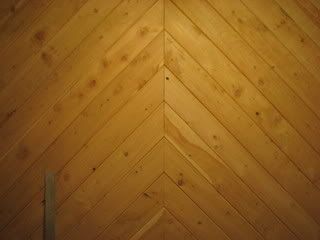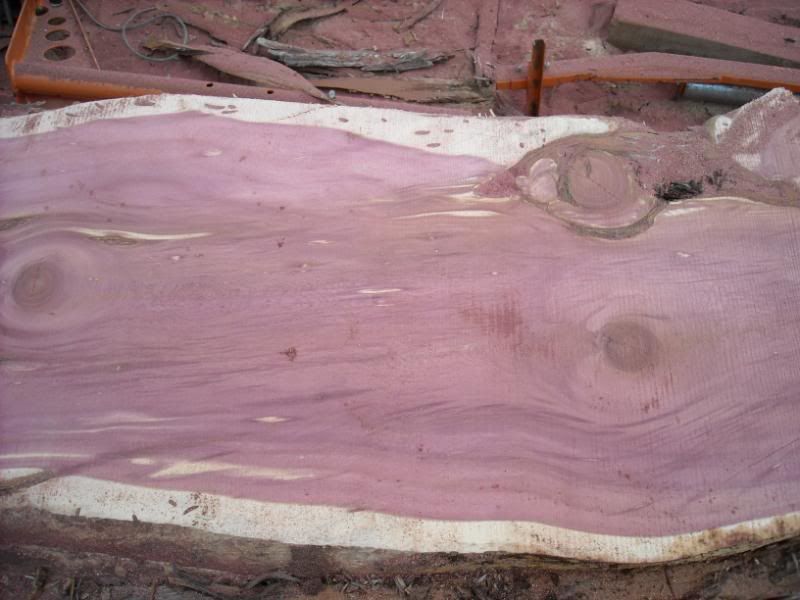deeker
Tree Freak
Going to be made into a cedar chest for my daughter in law.
Slabs are 18" to 20" wide and five and a half feet long.
We call it WRC.
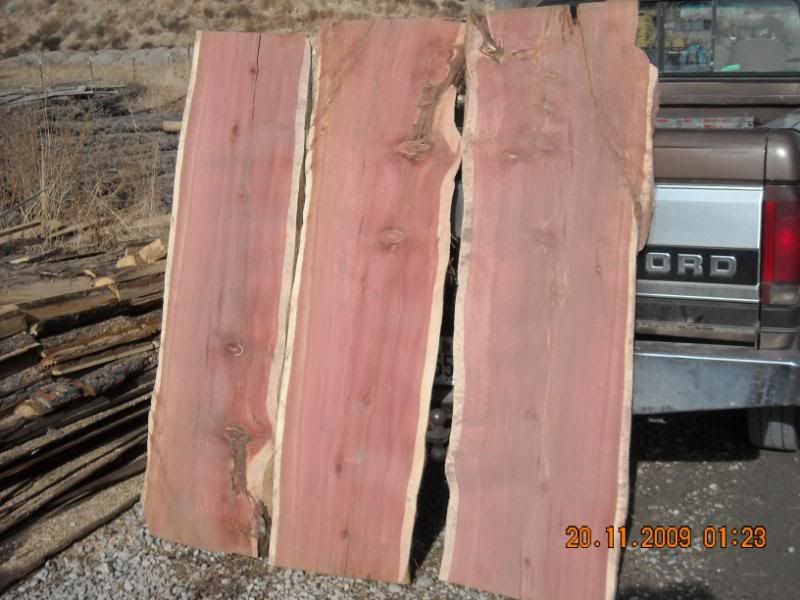
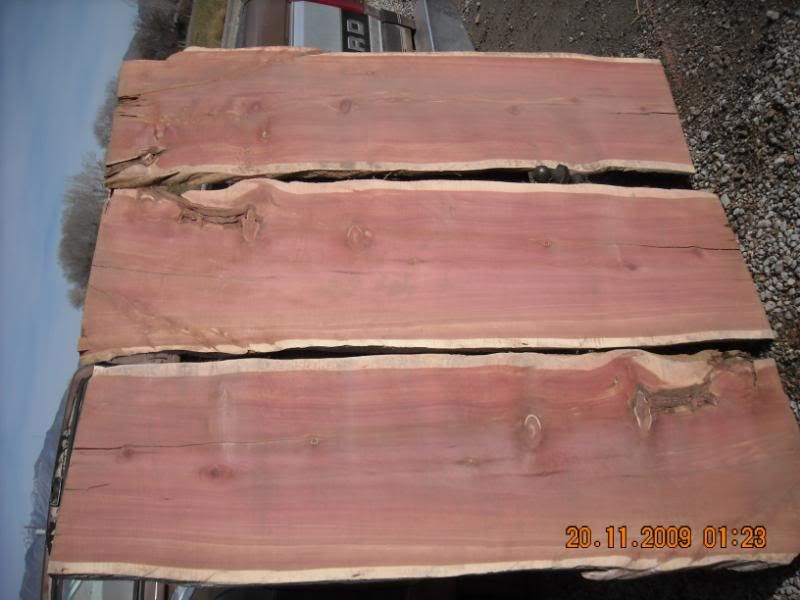
More pics of this project soon.
Kevin
Slabs are 18" to 20" wide and five and a half feet long.
We call it WRC.


More pics of this project soon.
Kevin






